The concept of the circular economy goes back as far as the 1960s when the modern environmental movement was in its heyday. Back then, the revolution focused on the idea of competition between humans vs. nature, and the exploitation of natural resources that campaigners blamed on the values of industrial capitalism. Its principles at the time are very much in-line with what we take now to be the core practices of a circular economy; eliminating waste and pollution; circulating products and materials at their highest value and regenerating nature. According to the Ellen Macarthur Foundation, “the circular economy is a systems solution framework that tackles global challenges like climate change, biodiversity, loss, waste and pollution.”

As humans, it could be said that we have had a cataclysmic effect on the environment since the onset of the industrial revolution. Both individuals and businesses have played their part in accelerating the effects of climate change, driven largely by the rise in consumerism that we see today. However, over the past decade, as the effects of this behaviour have become more widely acknowledged, we have seen a shift in consumption habits, with shoppers attempting to make amends with more conscious purchasing habits. The pressure is therefore on brands and retailers to respond to these market expectations both in terms of the overall sustainability of their businesses but also in the way they develop, package and promote their products.
How well do you really know your competitors?
Access the most comprehensive Company Profiles on the market, powered by GlobalData. Save hours of research. Gain competitive edge.

Thank you!
Your download email will arrive shortly
Not ready to buy yet? Download a free sample
We are confident about the unique quality of our Company Profiles. However, we want you to make the most beneficial decision for your business, so we offer a free sample that you can download by submitting the below form
By GlobalDataWhen it comes to product packaging, sustainability has long been a goal for all consumer industries. Sustainable packaging is important because it reduces the ecological footprint of all stages in a product’s lifecycle, helping both the producer and consumer lower their overall environmental impact. One solution lies in the use of fibre-based packaging. Packaging sourced from renewable wood, generally referred to as fibre-based packaging, actively contributes to the green transition by phasing out fossil-based materials and their associated emissions. It is also a truly circular material, closing the loop on resources to keep them in use or reuse longer – because it is renewable and has one of the highest recycling rates globally.
Behind the 4evergreen Alliance
As a cross-industry alliance, 4evergreen aims to optimise fibre-based packaging circularity and climate performance. As the industry value chain, it is the group’s goal to contribute to a climate-neutral society by helping brands perfect the circularity of the packaging used to protect their products.
One solution lies in the increased use of fibre-based packaging. Fibre-based packaging is both a sustainable and ‘circular’ material – closing the loop on resources to keep them in use or reuse longer – because it is renewable and has one of the highest recycling rates globally. In a recent study by TU Graz, it was proven that fibres can be recycled more than 25 times. With such resilience in the recycling process, it helps drastically to reuse fibres all over again to produce new packaging and to reduce the use of virgin fibre material in the carton manufacturing process.
See Also:
Furthermore according to McKinsey, in 2019 fibre-based packaging represented 38% of all packaging brought to market in Europe, and this figure is increasing all the time. We constantly see packaging innovations launching to market, particularly through our own European Carton Excellence Awards (ECEA) programme, so we know first-hand that the variety of fibre-based packaging available is certainly growing.
Overall, the alliance’s target is to raise the recycling rate of fibre-based packaging to 90% by 2030 – from 84.2% reported by Eurostat in 2018. To do this, it has identified four intermediary targets to be met by 2025 as follows: the industry must recognise 4evergreen’s recyclability evaluation protocol and its circularity by design guideline for fibre-based packaging; that separate collection streams are available for all fibre-based packaging types, including those used in household, out-of-home and on-the-go consumption; and that all Paper for Recycling (PfR) is sorted according to the different paper and board categories specified in the EN643 standard. Finally, the guideline calls for all collected fibre-based packaging, specifically from household, out-of-home and on-the-go consumption, to be recycled.
In the carton and cartonboard industry, we do not know “waste paper”. For our industry, every recycled carton can be used as raw materials for new packaging. The targets mentioned above are obtainable if we can increase the collection rate of fibre-based materials. Furthermore, by facilitating the separate collection of cartons and cartonboard from other recycling materials, we can increase the quality of the raw materials used and in turn, make full use of cartonboard’s strong natural resilient fibres. This would represent a big step towards a zero-waste model.
Circularity by Design guideline explained
I was fortunate enough to have worked closely with the team at 4evergreen recently on a campaign to promote its new Circularity by Design guideline. The guideline, which was released in March this year, builds on various international guidelines and the recyclability evaluation protocol, to ensure that more fibre-based packaging is recycled from the start. As the culmination of expert-led research and analysis, it offers detailed guidance on packaging and material design with a focus on ease of collection, sorting and recycling. While looking ahead to the future, it furnishes packaging designers with clear recommendations on how best to create fibre-based packaging that is designed for recycling from the outset.
Developed by 29 packaging design experts, and reviewed by 114 industry leaders, the guideline represents a critical step in supporting the industry to collaboratively build a circular future for fibre-based packaging. Designing with circularity in mind means selecting and using materials that aid an increasingly efficient recycling process, and the 4evergreen guideline does just this. It puts forward precise recommendations for the design of fibre-based packaging according to the compatibility of different materials with the recycling process…using a standard recycling process.
As the first in a series of three documents, the ‘Circularity by Design’ guideline addresses all members of the entire value chain, from manufacturers to retailers and packaging designers. By pulling together the industry’s leading packaging and sustainability experts from companies acting across the entire supply chain in the fibre-based industry, the 4evergreen Alliance has created a comprehensive reference guide for the industry.
The guideline tackles all types of fibre-based packaging, giving recommendations for different sectors, however, it places particular emphasis on household and on-the-go consumer packaging. While the guideline will be relevant in other parts of the world, it is intended to be applied in the EU, as it reflects the requirements of recycling technologies used in Europe and predominantly covers the following types of fibre-based packaging: paperboard (e.g. cereal boxes); corrugated board (e.g. shipping boxes); multi-layered board (e.g. folding boxes); packaging paper, special and functional paper (fibre-based flexible packaging e.g. shopping bags, food wraps, paper pouches) and moulded pulp (e.g. egg-carton).
Naturally, the sustainability and circularity of fibre-based packaging is improved by increasing recycling, meaning that by following a “design for recycling” approach, packaging designers can understand which components might have a negative impact on the recycling process, early on in the design phase of packaging. The guideline aims to provide specific design recommendations for single product groups, to help designers refine their ideas.
Circularity by Design guideline represents a crucial step in guiding the industry towards a more circular future. With the benefits offered by cartonboard and by helping the supply chain transition to fibre-based packaging, consumers can purchase products with a clear conscience whilst doing their best for the environment too.

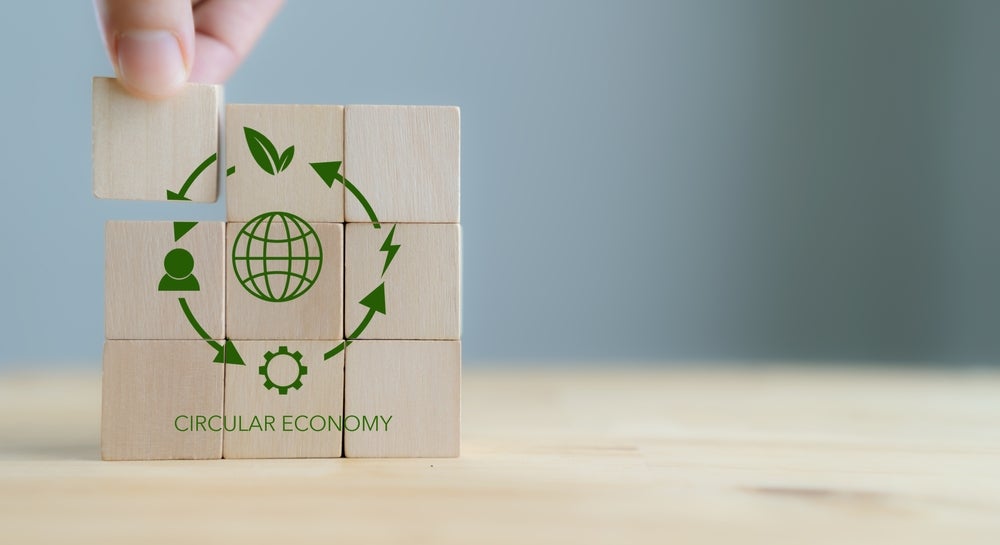

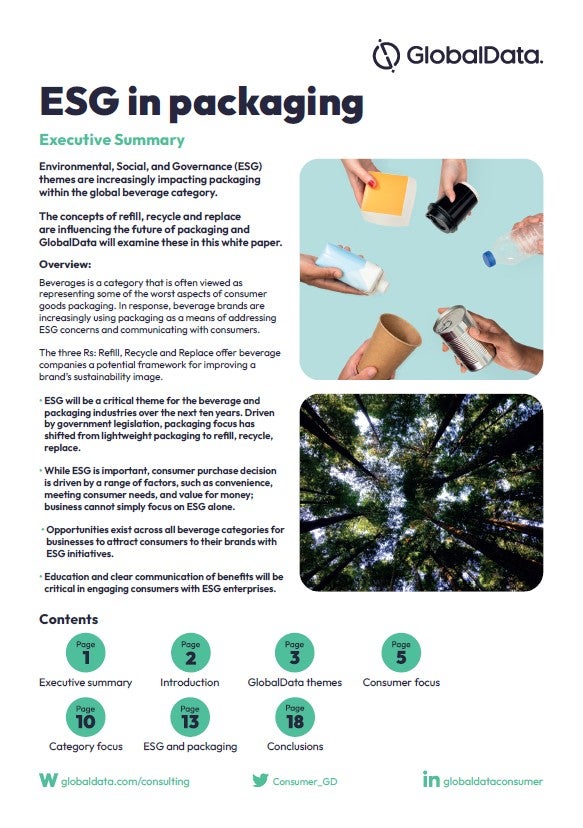

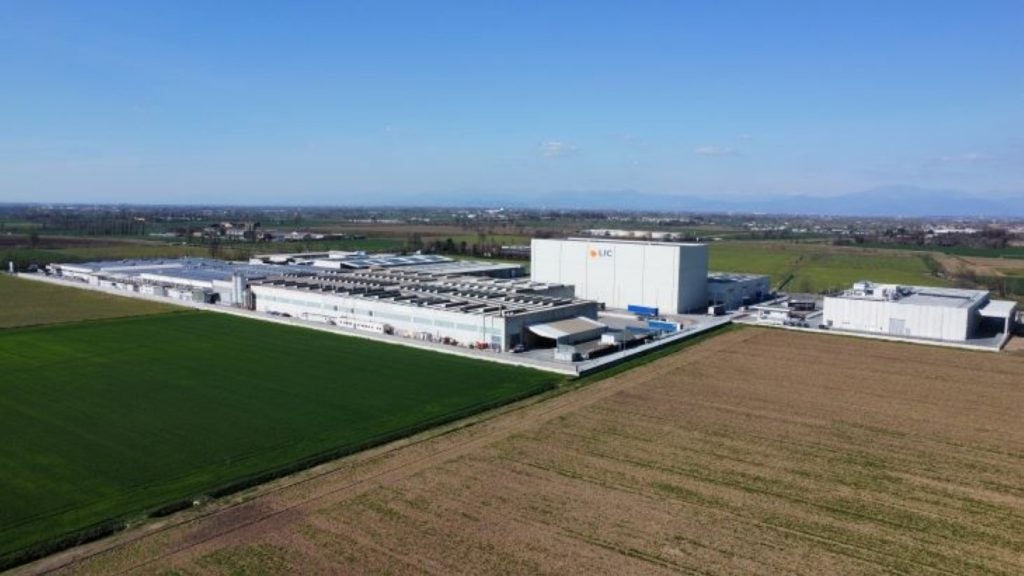
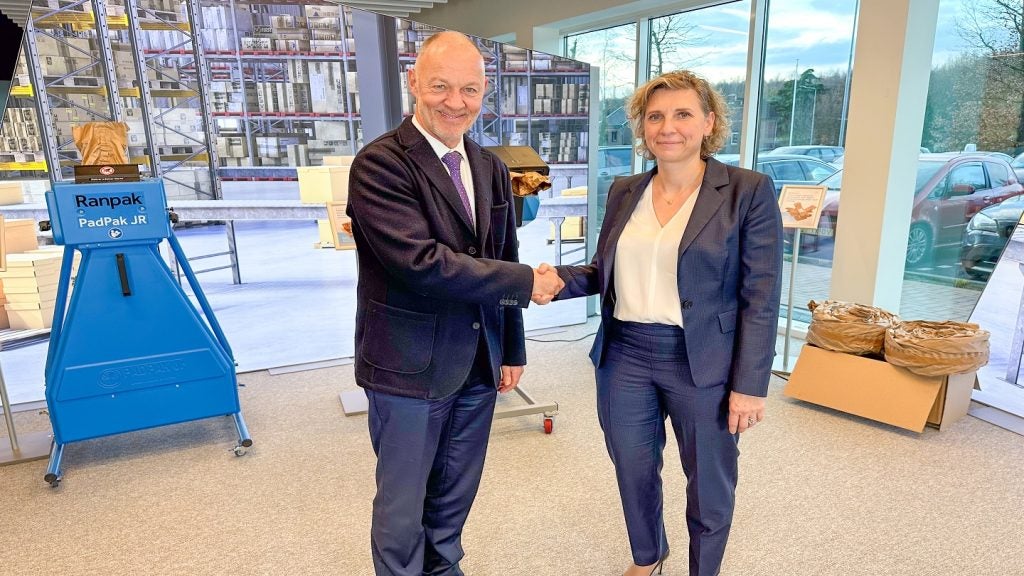

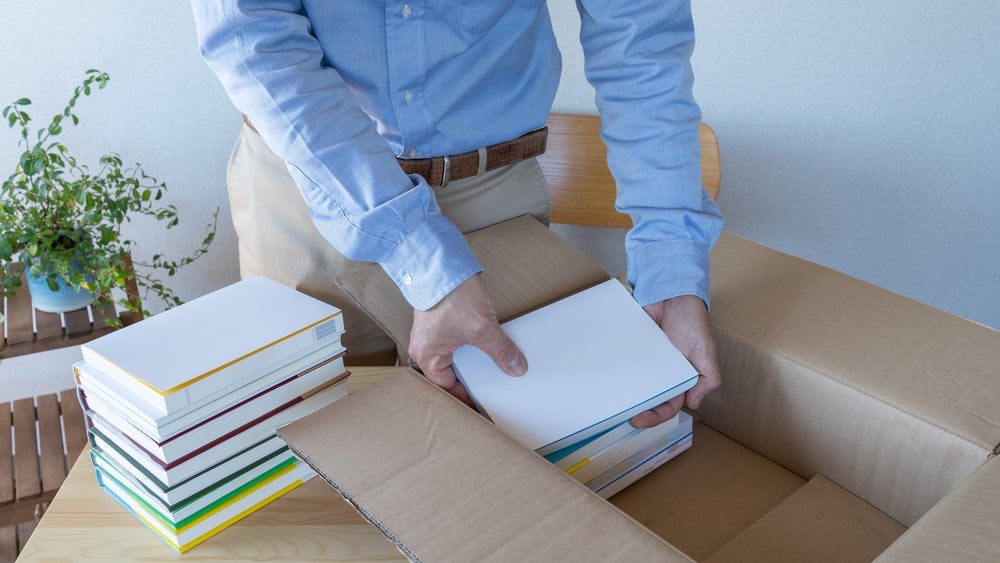

Related Company Profiles
McKinsey & Co Inc
4Ever Green Inc
Design Company, Inc.
Tetra Holding GmbH
Amcor Flexibles Inc